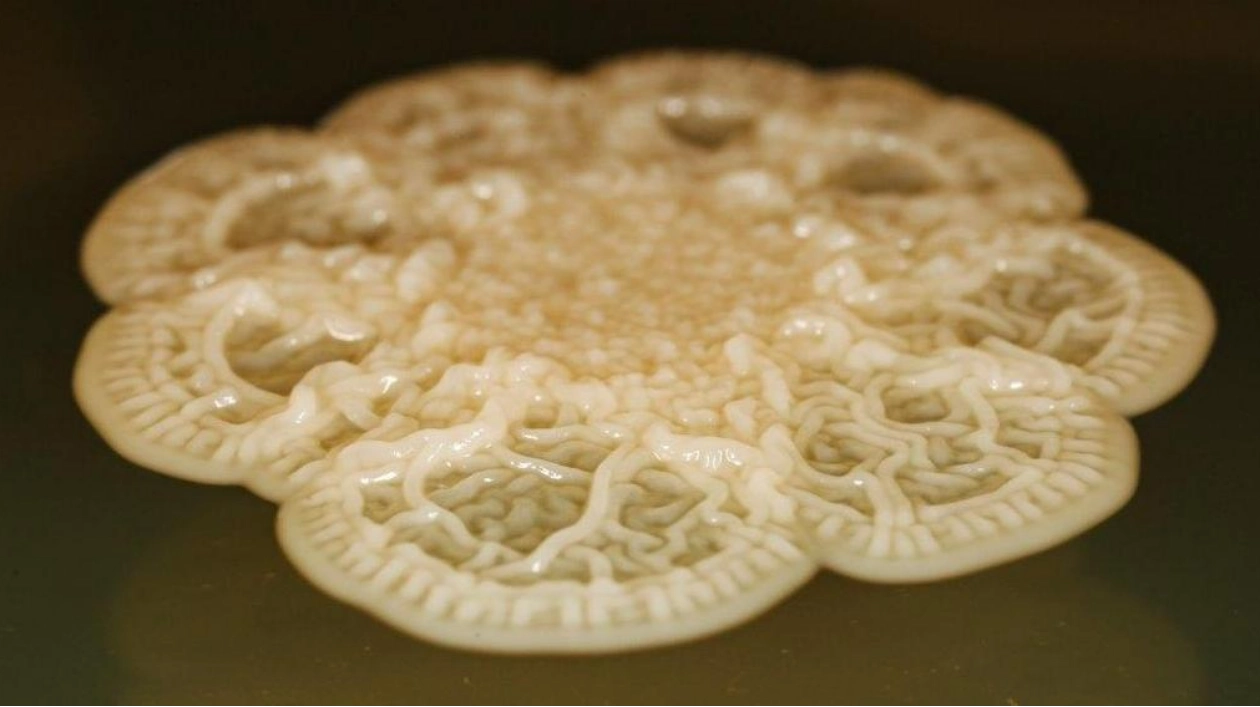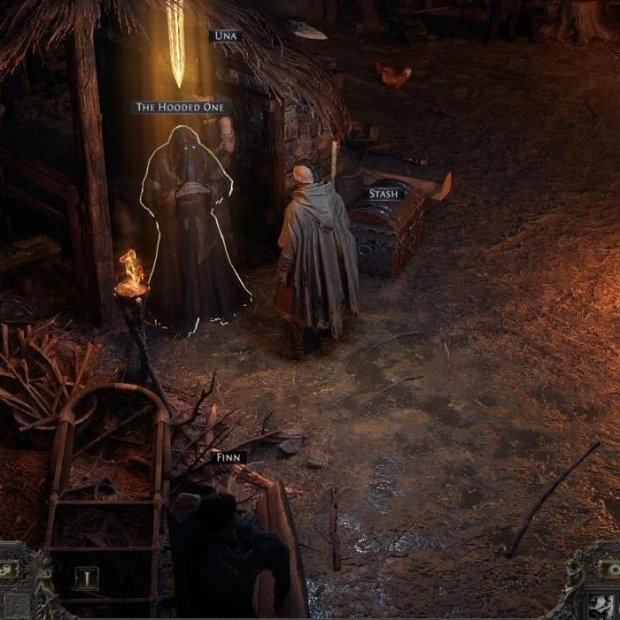Among the over 500 species of bacteria inhabiting the human mouth, one stands out by following its own unique rules. Instead of reproducing through binary fission, like most bacteria, Corynebacterium matruchotii divides into up to 14 cells simultaneously, as reported by researchers in the Sept. 10 Proceedings of the National Academy of Sciences. C. matruchotii is a filamentous bacterium commonly found in plaque near the gum line. Microbiologist Scott Chimileski of the Marine Biological Laboratory in Woods Hole, Mass., observed this prolific cell division while using time-lapse imaging to study live microbial communities in the human mouth (SN: 7/11/16).
“Once he shared this finding, we were all amazed,” says study coauthor Gary Borisy, a microbiologist at the ADA Forsyth Institute in Cambridge, Mass. Some other bacterial types can divide multiple times to produce spores—dormant cells that can later become active. However, no other known species divides into numerous daughter cells that immediately begin growing and dividing, according to the researchers. This distinctive reproductive strategy might enable C. matruchotii to rapidly expand its territory. “When we brush our teeth, we remove the bacteria, but by the next day, it’s back,” Borisy explains. “We believe it quickly reclaims space by rapidly expanding into new areas.” The team now aims to investigate how C. matruchotii forms biofilms that other oral bacteria adhere to, which could have significant implications for oral health.






